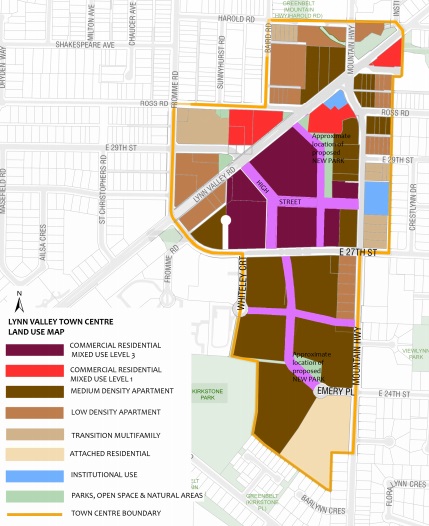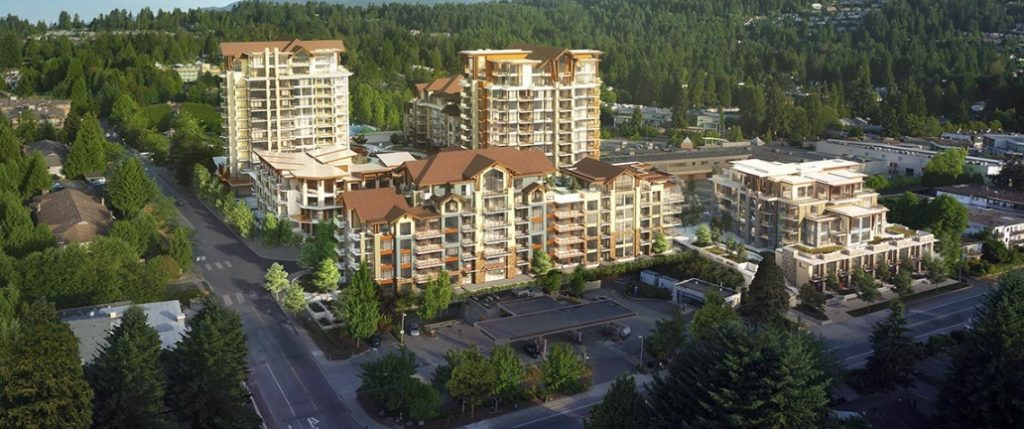In past years, compiling a list of the Top 10 land sales in Metro Vancouver was a daunting task; not only was there such a large volume of sales transactions to sift through, but the size of the larger deals was staggering, with the total of just these 10 deals alone eclipsing $1 Billion annually for the period of 2016-2018.
It was an overheated market that was due for a correction, and this decline began in mid-2018.
The more recent global pandemic that emerged in March 2020 has and will continue to have major implications for almost every facet of local and global real estate. For the overall Metro Vancouver land market however, the pandemic can somewhat be characterized as “beating a dead horse”. 2019 sales volume was already down by more than half the previous year.

A pullback from developers to acquire more land amid a significant condo development pipeline in most submarkets was a primary reason. Land for both rental residential and commercial development has remained relatively scarce which has offset some of the decline in condo land activity. Likewise, more recent activity suggests a return of demand for condo land in the suburbs, though core luxury condo sites have essentially fallen off the radar. Land for industrial development is now acutely scarce, with each transaction seeming to support a record value per acre.
While the 2016-2018 market may seem like a distant memory now, there are reasons for optimism heading into 2021. One sentiment emerging from this trying year is that both private and instituational investors continue to be bullish on the long-term prospects for Vancouver and a projected demand for continued residential, commercial and industrial development. Any return to inflows of international capital, either for individual strata units, or for land deals, will also contribute to momentum in the years ahead.
Here’s a look at each of the 10 largest land deals of 2020:
1. 6851 & 6871 Elmbridge Way, Richmond
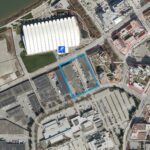
- Price: $60 Million
- Site Area: 3.4 Acres
- Vendor: Bene Development
- Purchaser: Landa Global
The goods: The largest land deal of 2020 would not have even cracked the Top 10 list in recent years, which speaks to the shift in the market. The sale of this site on Elmbridge Way in the Oval Village area of Richmond’s City Centre area has an existing rezoning application for three residential towers, plus commercial and hotel space. The deal was negotiated in 2019 and continues Landa Global’s expansion in the overall Vancouver marketplace.
2. 8188 & 8132 Manitoba Street, Vancouver
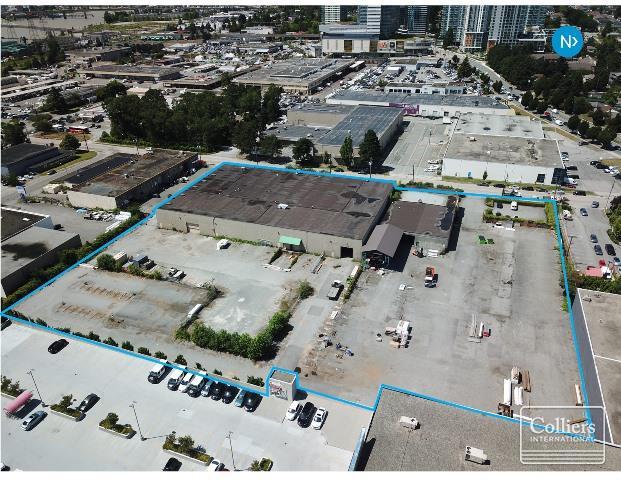
- Price: $60 Million
- Site Area: 5.0 Acres
- Vendor: Private Investor
- Purchaser: Wesbild
The goods: This 5.0-acre, I-2 zoned industrial development site is located just South of Marine Drive in South Vancouver. Wesbild has now submitted a development application for the first phase of the site, a 3.2 acre parcel that will be developed into two unique 6-storey industrial/office buildings, totalling 330,000 SF in the first phase. The sale was brokered by Stu Morrison, Darren Cannon and Roy Pat of Colliers.
3. 9930 197th Street, Langley
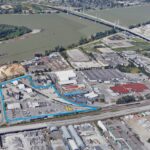
- Price: $40.2 Million
- Site Area: 14.5 Acres
- Vendor: Trimac Transportation
- Purchaser: Hall Constructors
The goods: Another industrial land sale nears the top of the list; this one in Langley on an underutilized site zoned for Heavy Industrial uses. No word yet on plans for redevelopment of the site.
4. 495 West 41st Avenue, Vancouver

- Price: $40 Million
- Site Area: 15,860 SF
- Vendor: Coromandel Properties
- Purchaser: PCI Group
The goods: This sale involved a former Esso gas station site at the Northeast corner of Cambie and West 41st Avenue. Coromandel had acquired the site in October 2014 for $15,800,000. In 2018, an update to the Cambie Corridor Plan redesignated the site to allow for a potential mixed-use tower. No rezoning applications have yet been filed.
5. 1331 & 1340 Olmsted Street, Coquitlam
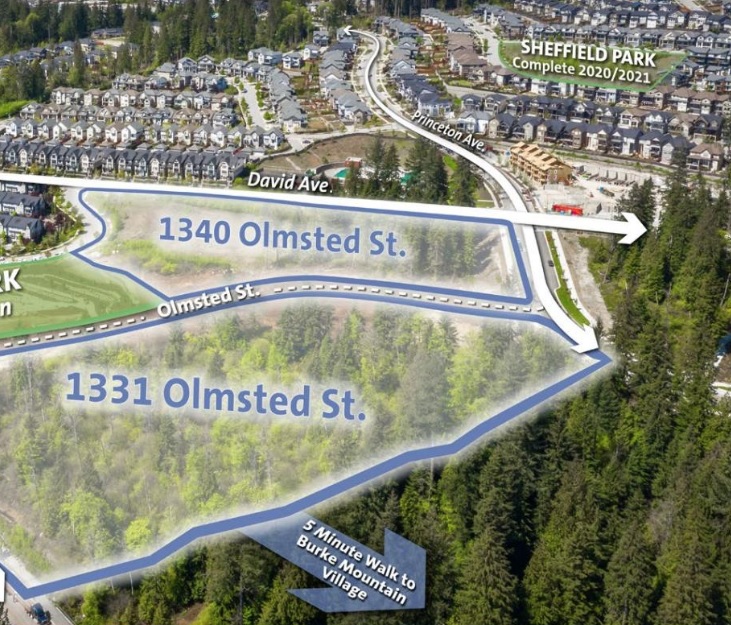
- Price: $39.3 Million
- Site Area: 9.5 acres
- Vendor: City of Coquitlam
- Purchaser: Mosaic Homes
The goods: Mosaic Homes purchased this townhouse development site on Burke Mountain from the City of Coquitlam. The preliminary plan for the site calls for 167 townhouse units.
6. 6031 Wilson Avenue, Burnaby
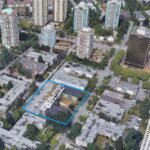
- Price: $35.5 Million
- Site Area: 1.34 Acres
- Vendor: Private Investor
- Purchaser: Bosa Properties
The goods: Just a few short years ago, Metrotown tower sites were selling monthly at record valuations. Today, the market for sites has cooled considerably amid a perceived oversupply of future condo product. This sale on Wilson represents an assembly, as Bosa controls the two neighboring sites at 5977 and 5979 Wilson. The price per SF for the site is considerably lower than what could have been achieved at the peak of the market, and was likely a motivating factor in this deal having been completed in 2020.
7. 2219-2285 Cambie Street, Vancouver
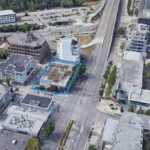
- Price: $32 Million
- Site Area: 15,680 SF
- Vendor: Reliance Properties
- Purchaser: Nicola Wealth Real Estate
The goods: This site on the West side of Cambie at West 7th Avenue, mostly known as the Robinson Lighting property is a fully tenanted retail property that has future development potential under it’s C-3A zoning.
8. 140-150 West 4th Avenue & 2004 Columbia Street, Vancouver
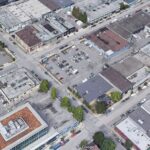
- Price: $32 Million
- Site Area: 36,234 SF
- Vendor: Private Investor
- Purchaser: Dayhu
The goods: This sale involved an I-1 zoned site in the burgeoning Mount Pleasant Light industrial/office district. A development application for the site envisions a 4-storey commercial building at a total density of 3.0 FSR.
9. 475 West Hastings Street, Vancouver
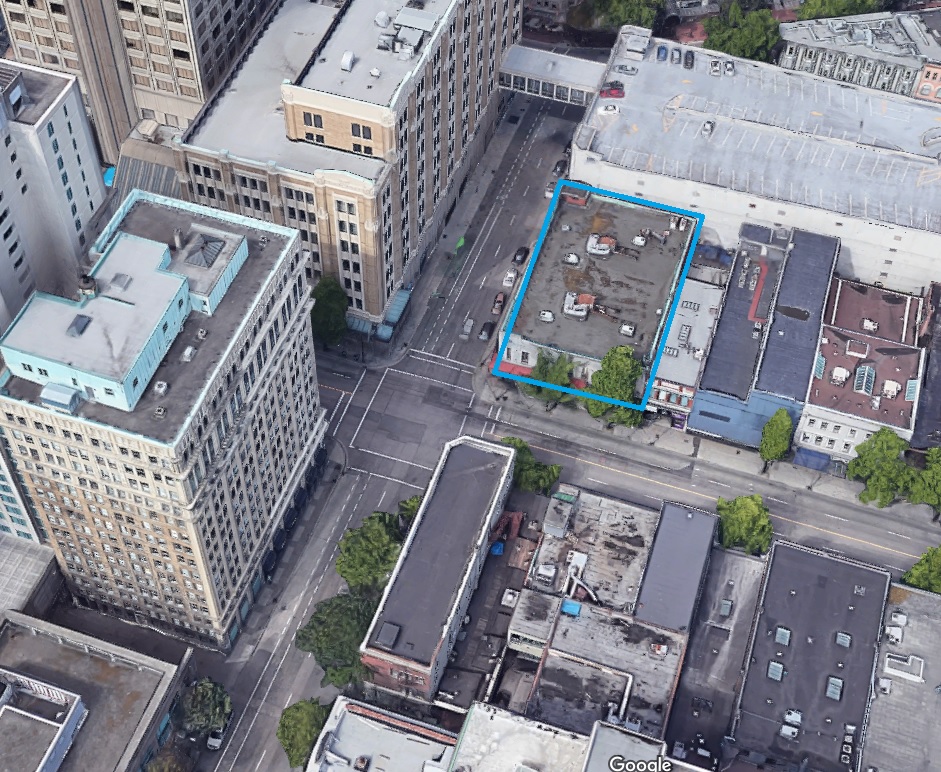
- Price: $31 Million
- Site Area: 9,360 SF
- Vendor: Private Investor
- Purchaser: Private Investor
The goods: This site at the Northeast corner of West Hastings and Richards Street in Downtown Vancouver has long been home to tenants including Mr. Big and Tall. While no redevelopment plans have been made public, the intent appears to be a midrise hotel development.
10. Whalley Station Square, Surrey

- Price: $26.9 Million
- Site Area: 1.87 Acres
- Vendor: Private Local Investors
- Purchaser: Tien Sher Group
The goods: This property is a retail strip mall in Surrey’s City Centre. Tien Sher has a rezoning application to allow for a high density mixed use development including 500 residential units and commercial space.
Some notes from the above list:
- 5 of the 10 largest land deals in Metro Vancouver took place in the City of Vancouver (up from just 1 last year)
- 3 of 10 were sold by market bid process (the other 7 were ‘off-market’)
- All 10 were bought by well-established ‘local’ development groups, with previously active offshore buyers absent from these large deals.
Have a question or a comment on any of the transactions above? Please feel free to contact me.





